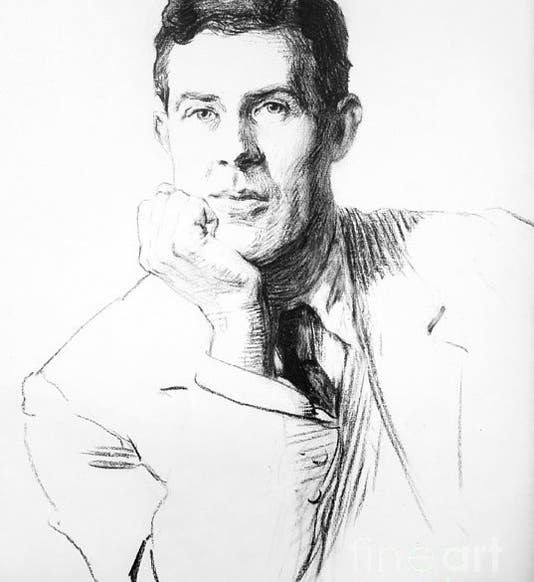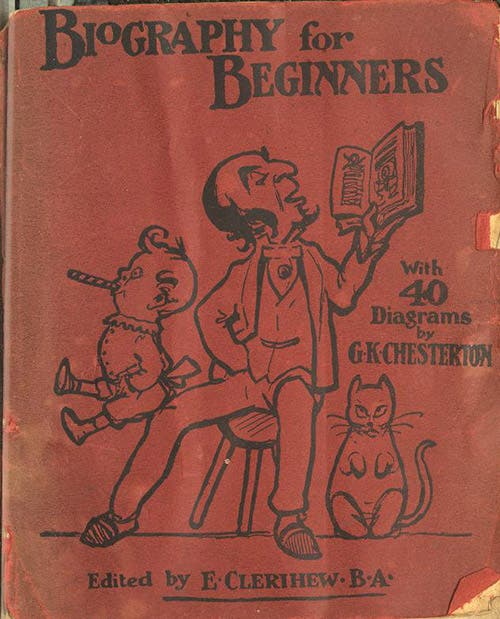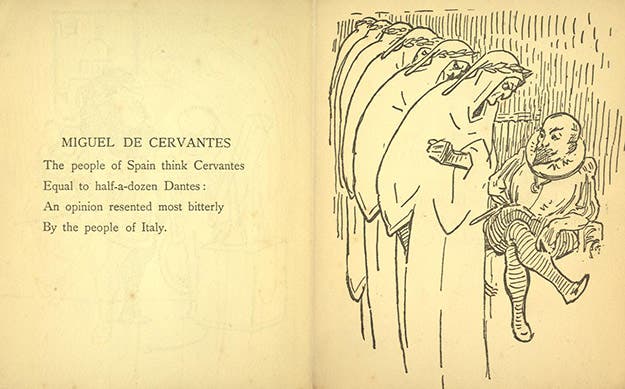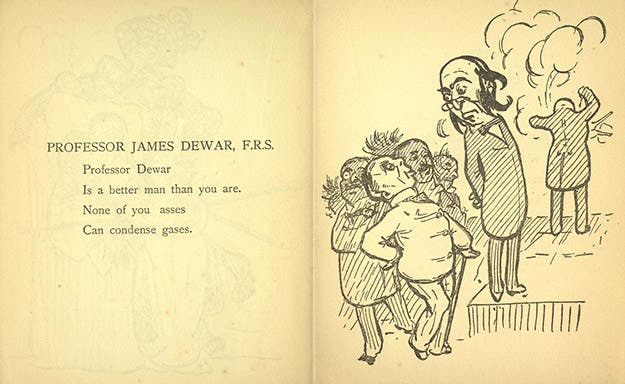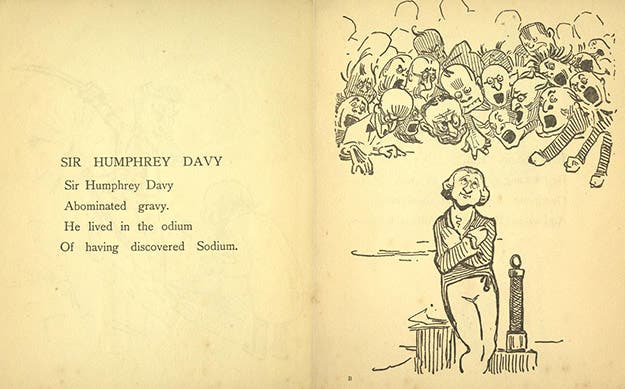Scientist of the Day - Edmund Clerihew Bentley
Edmund Clerihew Bentley, an English writer and humorist, was born July 10, 1875. As a young lad, Bentley invented his own poetic form, a four-line verse using an AABB rhyme scheme, in which the first line consisted of, or ended in, a historical person's name. An example will demonstrate:
The people of Spain think Cervantes
Equal to half-a-dozen Dantes
An opinion resented most bitterly
By the people of Italy
Bentley wrote his first such poem when he was 18 years old, and he soon filled a notebook with this creations, each one illustrated by Bentley’s childhood friend, G.K. Chesterton.
In 1905, Bentley published 39 of his quatrains in a volume called Biography for Beginners (second image), under the name E. Clerihew, accompanied by Chesterton’s sketches. We see below the Cervantes verse as it appeared in the published work (third image). The book was wildly successful, and before long, such surname-driven four-liners were being referred to as clerihews. Bentley would publish two more such collections in his writing career.
Since this is a scientist-of-the-day blog, we call your attention to the few scientists who were commemorated in clerihews by Bentley and Chesterton. James Dewar was a late 19th-century chemist who invented the Dewar flask, now known as the Thermos bottle (fourth image).
Humphry Davy was a chemist of the early 19th century and discovered potassium, chlorine, and, as the clerihew reminds us, sodium (fifth image). Christopher Wren was another subject; we think of him as an architect, but he was a charter member of the Royal Society of London and a gifted mathematician; here is a link to his clerihew. All three have been Scientists of the Day: here is Dewar and Davy and Wren.
It is unfortunate that a tradition of scientific clerihews never really got established. Perhaps there is still time to do so (and interest in having it done). So I offer up a clerihew of my own. Actually, I have written a few that I am not totally ashamed of, but one seems a good number with which to start. Since G.K. Chesterton did not answer my calls, I prevailed upon the Library’s resident artist and designer, Melissa Dehner, to step into Chesterton’s atelier and provide the requisite caricature. Here is our jointly-created clerihew for James Clerk Maxwell, famous for his equations establishing the existence of electromagnetic waves, and a Scientist of the Day just three weeks ago.
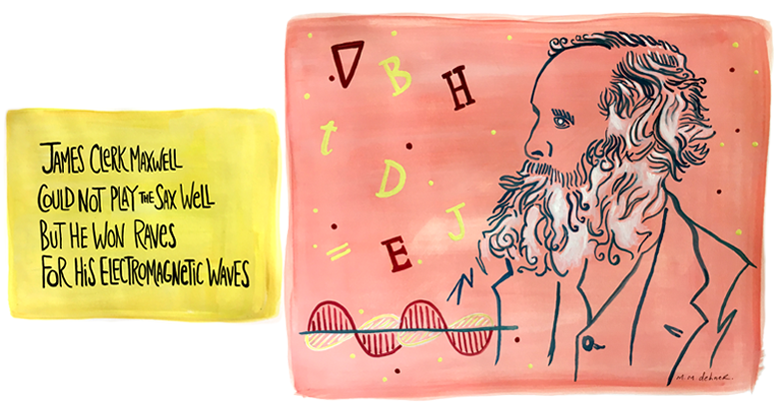
James Clerk Maxwell, clerihew by the author; calligraphy and gouache drawing by Melissa Dehner
Feel free to react with delight or dismay, or clerihews of your own, and we shall see whether this is a literary form that should be resurrected, or left to molder with its creator.
There survives a pencil sketch of Bentley, made in 1915, where he looks more thoughtful than one might expect a clerihew-creator to appear (first image).
Dr. William B. Ashworth, Jr., Consultant for the History of Science, Linda Hall Library and Associate Professor, Department of History, University of Missouri-Kansas City. Comments or corrections are welcome; please direct to ashworthw@umkc.edu.\

